How to write a project proposal - a freelancer's guide
Writing project proposals is an inevitable part of being a freelancer, and let’s be frank, it can be kinda daunting! It can be a challenge to know what to include – and more importantly, how to include it in a way that turns unsure prospects into contract-signing customers.
Missing small details can mean the difference between a new client and money in your bank account and your prospect taking their business elsewhere, so it’s worth taking the time to get it right.
Once you’ve created a project proposal template you like, you can adapt it to each new potential client, saving you time, sanity and showing a level of professionalism that helps you stand out from your competitors.
Table of Contents
Why are project proposals important?
Project proposals make it clear to prospects what they’ll be getting for their money. They know what to expect from you and when.
But what a lot of people forget is that a project proposal is a perfect opportunity for you to lay out what you expect from them. Things like the information you need, the process you expect the client to follow and when you expect payment can be included here (Nelson’s Top Tip – ALWAYS insist on 50% upfront for any project work. This makes the pain of getting ghosted far easier to take!)
Sometimes clients are unclear about the boundaries of your work (or sometimes they’re just a little naughty and try and get work for free), and will try to add extra work to the project. This can result in some AWKWARD conversations. No worries, fearless freelancer, you have a project proposal you can point to, which outlines exactly what work was agreed upon. Phew!
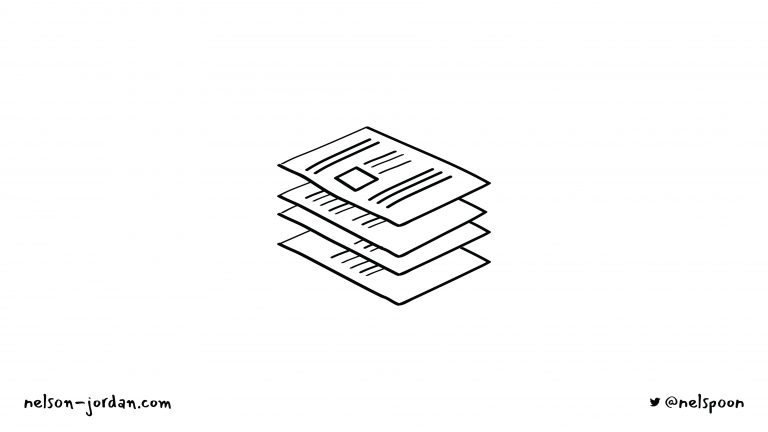
Proposals also give prospects a feel for who you are and how you work. This gives them the power to make an informed decision about whether your ways of working are compatible with theirs. You’ve heard it a million times before, but here’s one more: people buy from people! Here’s your opportunity to showcase your professional processes and combine them with a smidgen of personality to really impress.
Another benefit is that it ensures what you have in mind for the project aligns with the company’s goals. Having a call with them before putting the proposal together can really help with this, as you can tap into their wants and needs and reiterate it in the proposal – this further shows that you listen to, and understand, them.
A lot part of ‘good sales technique’ is just understanding what people are asking for, tweaking it slightly and repeating it back to them. It helps people to feel reassured that you understand what they’re trying to achieve.
If you’re pitching to a larger company, a project proposal helps to get executive buy-in without everyone needing to hop onto a call. Calls can be time-consuming and difficult to organise (especially with C-suite execs!), so reducing the number of people who need to be present shows you value their time and are eager to get started.
Project proposals also help both parties to clarify expectations about communication methods and project outcomes.
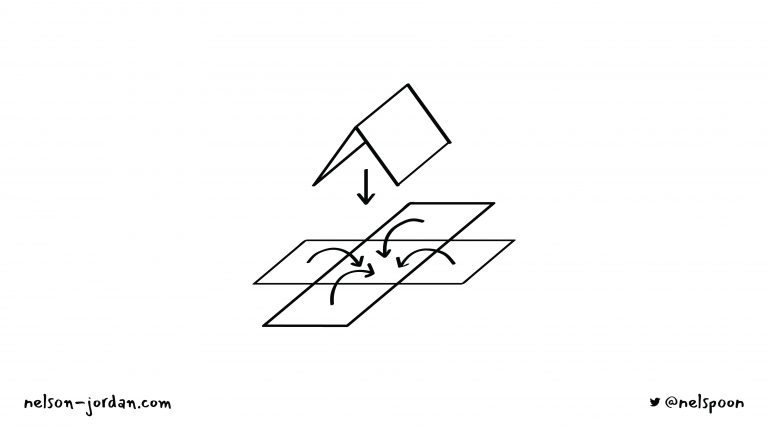
What to include
Show you understand the problem
Start by explaining the problem you’re helping them solve. What is it? Why are they seeking a solution? Take this time to show you understand the business and their current situation.
People want to work with people who really get them and the situation they’re in, so the earlier you demonstrate empathy for their situation, the earlier they’ll start to believe that you’re the right person for the job.
State your solution
Next, you need to explain what your solution is. Don’t just say what you want to achieve – delve deep into each step, why you do things a particular way, and explain exactly what they’ll get for their money. People are impressed by diligent processes – noone wants to think the freelancer or agency they just hired are flying by the seat of their pants.
You can also state if you’re going to use external contractors or any third-parties that will need to be involved.
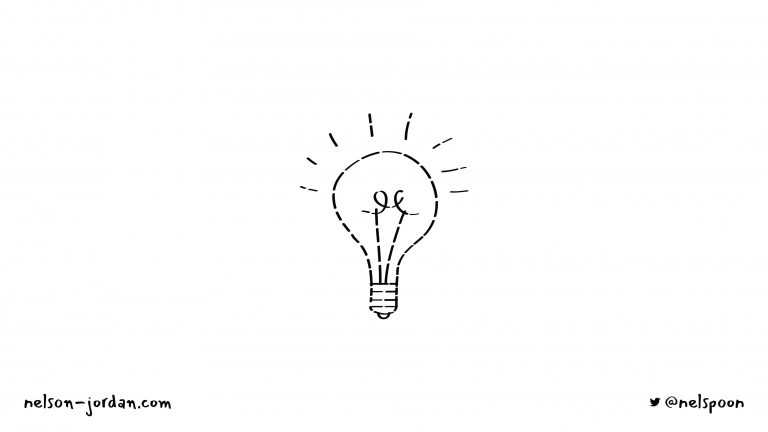
Success metrics
It’s all well and good agreeing to work together on a project, but how can you tell if it’s a success if you haven’t clarified what that looks like?
Defining success benefits both parties. It ensures you start from the same point and you work towards the same finishing line. All communications and amendments can then be done with this outcome in mind.
So…what does success look like and what metrics are you going to use to assess it?
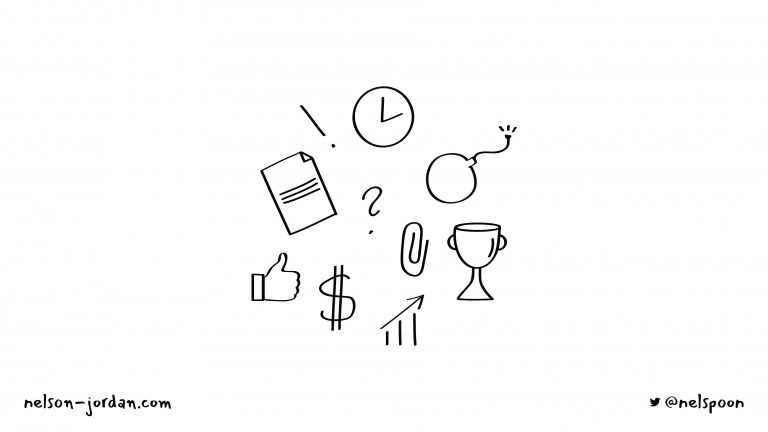
Explain company impact
You could also comment on the difference the project might have on the company long-term. Most businesses are less bothered about short-term wins; they’re in it for the long haul. While short-term wins are great, they don’t help to build a sustainable business. So, if you can, include the long-term impact that working with you could have on their business.
Establish time frames
Once they can see what the project could look like, it’s time to talk schedules.
When will the project start? When will each stage be delivered, and when will the project be completed? At the end of each stage, what deliverables will they get?
Manage risks
Another thing to include is risk management. What could cause delays to the project? What could increase the cost?
Risk management done during the proposal stage helps to minimise and remove risks before they arise. Projects are then more likely to be finished on time and on budget.
To be honest, I mostly limit this to stating that my ability to meet the agreed deadlines is dependent on the client meeting their obligations to me – i.e. if you miss your deadlines for getting me the information required, that’s going to impact my deadlines too.
Cost
If you’ve explained everything else in enough depth, prospects will understand why you charge what you do. You should still break this down, though, so that prospects know exactly where their money is being spent.
Software, outsourcing, time, etc – nothing is too small. Including these things shows that you’re not wasting their time or money. They can visualise exactly where their money is going and will appreciate your transparency.
The exception here is project pricing. For example, when I’m completing a large website copywriting project, I’ll provide a price for the whole project to be completed, rather than page-by-page.
Show social proof
97% of customers say that reviews factor into their buying decisions. If you’ve got social proof, what better time to show it off?
Social proof can come in the form of reviews, testimonials, statistics, or case studies. These reinforce that you’re the right person to help because you’ve helped people in similar situations before.
Be as relevant as you can with your social proof – stories from people similar to them are more likely to convert. Why? Because it shows you’ve helped people with the same or a related problem. If you’ve solved the same problem for one person, you’re more likely to be able to help them. Have you worked in a similar industry before, or have you completed a similar type of project? Include them.
Unrelated examples plant doubts in their head about your ability to solve their problem. The closer your social proof is to their situation, the better.
If you don’t have social proof, or if you want to further prove your industry knowledge, you can include data and industry research throughout, and focus more on the client’s problem than your expertise.
Summary
Summaries are great for people short on time and/or who don’t want to read the whole proposal (these people exist, despite your hard work, sorry).
It’s also good to summarise what they’ll get to refresh their memory.
And it’s good for other people involved in the project who may be short on time but want an idea of what things could look like.
Appendix
If there’s anything else you need to include but that doesn’t fit anywhere else – such as links to sources, research or questionnaires – you could put it in an appendix at the end.
Don’t include reams and reams though – noone wants to read a 50 page proposal.
Structure and design
The structure of your proposal should tell a story. It should start with the problem they need solving, lead into how you can help them solve it, then finish with the next steps you want them to take. This could be to book a call, send a deposit, or something else.
It’s up to you if you want to use a basic Word document, or go for something fancier, like Better Proposals software. Fancier designs show attention to detail but can be distracting, so you want to find a balance of the two.
The design should match your brand colours and fonts. Cohesion and consistency builds likeability and trust between you and your prospects, meaning they’re more likely to want to work with you.
And don’t forget to include your prospect’s name on the front page – this shows it’s a custom proposal put together just for them. You could even include a photo of them or their company logo if your template allows.
Writing style
In the writing of your proposal, make sure to include facts, not just opinions. Your opinion is fine when you’re talking to your friends down the pub, but it doesn’t mean as much in a business proposal. Yes, you’re an expert in your field, but your prospects might not know that yet. That’s why having statistics and case studies are so important – they’re far more concrete than an opinion because they show proven results.
Don’t pad out your proposal for the sake of it. Say what you need to say, and leave. Verbosity and big words can be off-putting and isolate readers. It can also come off as desperate and low-status, like the person who keeps talking just to fill the silence.
It’s fine to include jargon if your target audience uses certain terminology (for instance, if you’re a software developer writing to a CTO), but if your target audience likes to read and write in plain English, you should, too.
And finally, don’t forget to proofread! It’s always worth running your writing through a tool like ProWritingAid or Grammarly. These will pick up on things you may not have considered. They can also offer suggestions to tighten your writing and make it more appealing to your target audience.
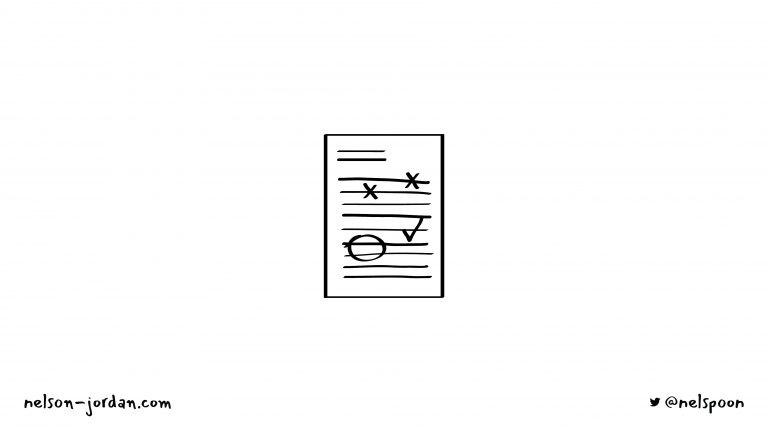
Conclusion
A well-done proposal can help you win more business and a poorly put-together proposal can be the reason your prospect goes elsewhere. It’s important that what you put together is relevant to its reader in every way, from the language you use to the case studies you select. These choices reassure prospects you’re the person to solve their problems and help them achieve their business goals.
I hope that helps, but remember if you’re looking for more helpful articles and tips like this, you can sign-up to my weekly newsletter below!
